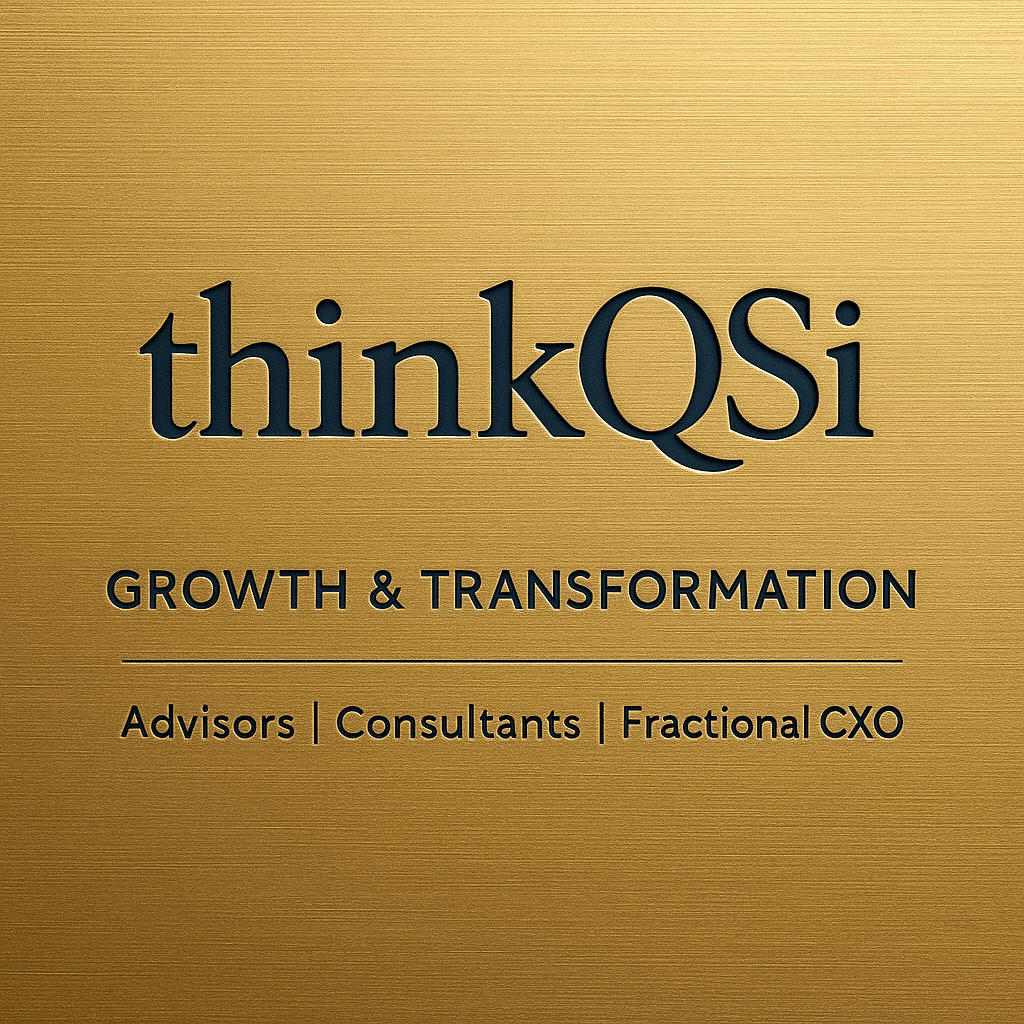Unlocking Growth Opportunities: How Continuous Improvement Drives Business Success
Understanding Continuous Improvement
Continuous improvement is a systematic approach to enhancing business processes, products, and services over time. This strategy is rooted in the belief that there is always room for growth, no matter the current level of success. By embracing change and fostering a culture of ongoing development, businesses can unlock new opportunities for growth and remain competitive in their respective industries.

The Role of Employee Engagement
Employee engagement plays a critical role in the success of continuous improvement initiatives. When employees are actively involved in identifying areas for enhancement and implementing changes, they are more likely to feel invested in the outcomes. This sense of ownership can lead to increased motivation and productivity, benefiting the entire organization.
Moreover, engaged employees are often a source of innovative ideas and solutions, as they have firsthand experience with the processes in question. By encouraging open communication and collaboration, businesses can tap into this valuable resource and drive meaningful improvements.
Implementing Effective Strategies
To successfully implement continuous improvement, businesses must adopt effective strategies tailored to their specific needs. One popular approach is the Plan-Do-Check-Act (PDCA) cycle, which provides a structured framework for testing and refining changes. This iterative process enables organizations to make informed decisions based on data and feedback, leading to sustainable improvements.

Leveraging Technology for Improvement
In today's digital age, technology plays a pivotal role in facilitating continuous improvement. From data analytics tools that provide insights into performance metrics to cloud-based platforms that enable real-time collaboration, technology can significantly enhance an organization's ability to identify and implement improvements.
Moreover, automation can streamline repetitive tasks, freeing up employees to focus on more strategic and creative work. By leveraging technology, businesses can not only increase efficiency but also foster a more innovative and agile work environment.
Measuring Success
To ensure that continuous improvement efforts are yielding the desired results, it's essential to establish clear metrics for success. These metrics should be aligned with the organization's overarching goals and objectives, providing a benchmark against which progress can be measured.

Regularly reviewing these metrics allows businesses to assess the effectiveness of their improvement initiatives and make necessary adjustments. By maintaining a focus on measurable outcomes, organizations can ensure that their efforts are driving tangible results and contributing to long-term success.
Fostering a Culture of Continuous Improvement
Creating a culture of continuous improvement involves more than just implementing processes and tools; it requires a mindset shift across the organization. Leaders must champion this approach, setting an example by embracing change and encouraging innovation at all levels.
By recognizing and rewarding efforts to improve, businesses can reinforce the importance of continuous improvement and motivate employees to contribute actively. This cultural shift can lead to a more dynamic and forward-thinking organization, better equipped to seize growth opportunities and navigate challenges.
---
Insights from Anwer Qureishi, Thought Leader & Entrepreneur
Ready to accelerate growth? Schedule a Consultation with Anwer Qureishi, Founder, Q&S International (ThinkQSi).
